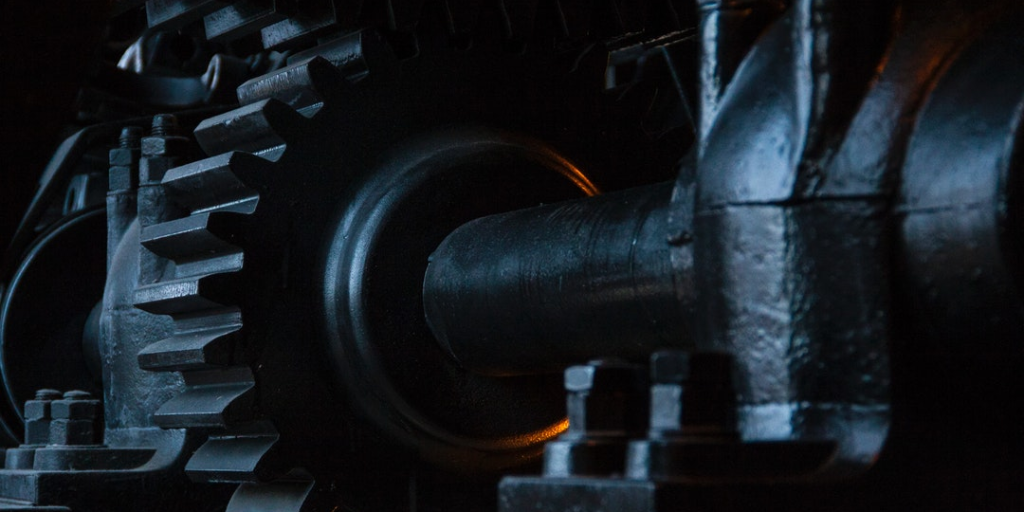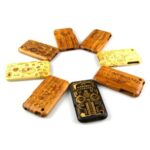So you have your sights set on earning money using a laser engraver. There are some hard truths to consider first. Laser engraving allows you to simultaneously be a modern day artisan and craftsman. But ask anyone in those fields about getting into business and they won’t pull any punches. Opening your own business, any business, is hard enough.
A craftsman type of business like laser engraving takes the difficulty up a notch. Yes, you are your own boss, but you are also a one man/woman show. Without you, nothing gets made. Without you, nothing gets sold. And without both of those two, no money comes in.
So are you creative enough to craft designs that will please your client and customers? Do you have the sales-savvy to pitch clients and sell your service? Do you have the wit and problem-solving skills needed to pivot out of a predicament and back on a profitable track?
If your answer is yes to all, then the future looks good for you and your laser engraver. If you answered no to even a single one of those three questions, then it may be time to sit yourself down and reassess. It doesn’t mean that you have to give up your dream right away, but you may need to “plug some holes before your ship can leave port” as the saying goes.
You will need some key pieces of equipment before you can hang your shingle and start pitching customers. You will, of course, need the all-important laser system. Wattage and engraving area of the system will dictate the price of the device. The type of materials and the size of the materials you will be engraving on will dictate the wattage and engraving area you will require. Ranging from $8,000 and upwards of $45,000 laser systems are no joke when it comes to budget and will indeed be a serious investment.
The laser marker system you choose will engrave your designs on the material, but the design still needs to be produced and there must be a way to transmit that design to the laser device. That’s where a computer and graphics software come into play. A computer utilizing the latest OS will be required not only to run the graphics software but to also transmit that design to the laser system. Several types of graphics software can be used for laser engraving.
However, the usual protocol is that the manufacturer of the laser system will often send their own proprietary software when the device is purchased. However, there are some devices that will allow integration with third-party graphics suites.
There are dozens of laser system accessories that you can purchase.
When starting out it is best to start out with only the most essential accessories and parts. Then as your business grows you may deem it necessary to purchase additional accessories so long as it fits with your business plan. Air assist allows you to attach an air compressor to the laser system to provide a stream of air at the point of burn which will prevent flare-ups. As its name suggests, autofocus automatically corrects engraving height for a more consistent engraving.
Vector cutting grids are absolutely necessary if you intend to not just engrave with your device but cut through it as well. If you’re looking to etch glass in any way shape or form, you’re going to need a rotary attachment.
So now you have your gear down, what can you make, who should you make it for and how can you sell it to them?
Your laser engraver is a powerful tool. With it you can engrave anything from gifts and awards to commercial signage (think store signs and plaques), all the way up to industrial engravings. Each type of product has its own set of customers.
Gift and awards orders usually come from individuals looking to give customized pieces to friends and loved ones, and maybe even small groups that want to get trophies or memorabilia engraved. Commercial signage requests come from the small-medium business world.
Everyone from stores to restaurant owners to schools. Industrial engraving has the highest earning potential due to the volume and size of work usually required, but these queries are usually far and few between.
Finding and landing any customer is the hard part. For this, you will have to don your sales hat. Drum up business, network, put yourself out there, make connections, attend conferences and trade shows. The bottom line, hustle. It’s your business and no one else is going to do it for you.































3 thoughts on “Laying The Groundwork For A Laser Engraving Business”
My husband started his own leather-carving business a few years back, after doing some smaller pieces for friends and family and got known by word of mouth. He’s done very well, and actually has a good size clientele. Was able to quit his job and rely on this for income…..his next investment is to get into laser engraving. And as you stated in the article, it IS wise to go with the basic equipment….unless you have the means for the more expensive, fancier equipment. But better to go slow, than waste money and it not work out. But if you put your mind to it, you can achieve anything.
I now see why the costs to get anything laser cut/engraved are so high. The equipment is such a big investment. I have seen friends dive head first into trying to monetize their passions only to realise that there are some fundamentals to business that they aren’t really interested in.
Great article! In reality, these bits of advice apply to almost any service business really. Don’t overlook creating your own promotional material using your new laser engraver machine! You could engrave pens with your company logo and website, engrave thumb drives, even business cards themselves – get creative! It’s your business!